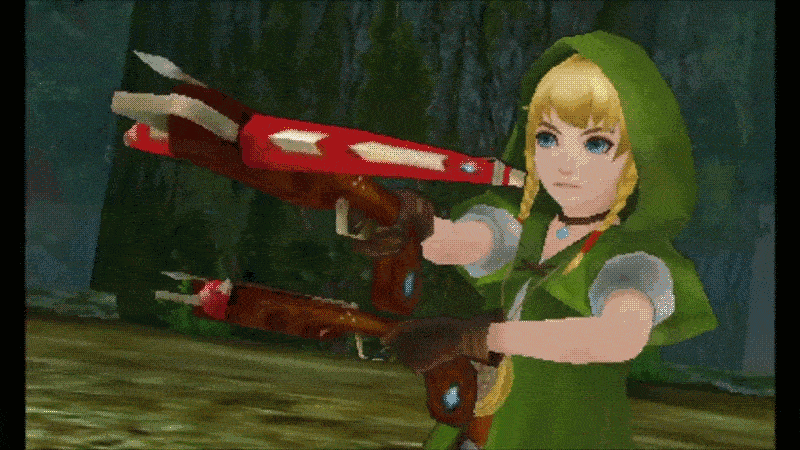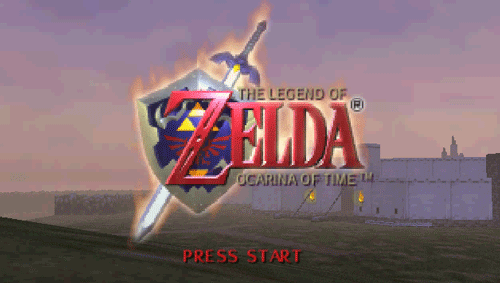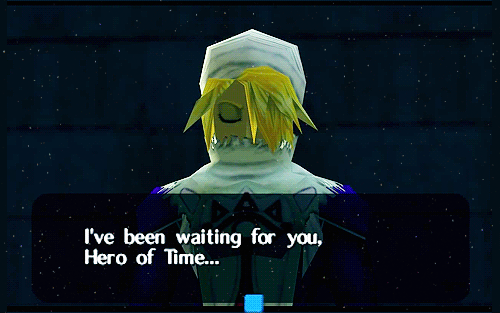Zelda Doesn’t Need Linkle to Be a Feminist Saga
Last year, Nintendo’s announcement of Linkle – a gender-swapped version of The Legend of Zelda’s playable protagonist Link – as well as her inclusion in the upcoming Hyrule Warriors Legends was a cause for celebration for many women gamers.
After thirty years of playing as the male hero, they were finally given the option of a female counterpart…

However, Linkle isn’t the all-encompassing end to Link’s reign that she appears to be. As it turns out, the Hyrule Warriors games aren’t a part of the official Legend of Zelda canon; Linkle is just an addition to Link, not a direct replacement; and she’s actually just one of many women who players can use throughout the game.
Nevertheless, although Nintendo hasn’t dismissed her appearance in future games (or the possibility of women Heroes of Time out there in the ever-complicated Hyrule timelines), the introduction of Linkle is far from the first time that the series has gone out of the way to showcase compelling, strong women. Practically any Zelda game can provide examples of these characters – from Midna#, our powerful guide in Twilight Princess, to Tetra#, Zelda’s plucky child pirate captain alter-ego in The Wind Waker.
Still, it’s Ocarina of Time — revolutionary in almost every manner imaginable, from overworld design to enemy targeting — that leads the way in showing just what a game featuring complex women can be.

From our first interaction with Zelda in Ocarina of Time we see that despite her stereotypical blonde princess appearance, she’s deceptively deep. She’s smart and confident, if a bit cocky, and has already decided to take matters into her own hands in order to save Hyrule, her future kingdom. Her next appearance, while brief, is crucial; entrusting us with the titular ocarina as she escapes from Ganon, thus setting the next arc in motion. It’s only through her that we know what we do of the history of Hyrule, our role, and Ganon’s nefarious plans.
We spend a majority of the second half game clueless to her fate, but her eventual reveal as Sheik – our androgynous, ninjaesque guide throughout the second half of the game – further serves to distance her from the frail princess trope and instead once again shows Zelda as the true puppet-master of Hyrule’s salvation.

Without Sheik’s guidance, we’d probably end up murdered by a flock of ravenous cuccos or driven insane trying to find the last key for the Water Temple, but instead we manage to make our way through relatively unscathed. And though she does ultimately end up kidnapped by Ganondorf, she continues to fight, greatly contributing to his final defeat.
Yet while many have pointed out the influential role of Zelda throughout the series, fewer have elaborated on the other women of Ocarina. As players continue their journey to enter every home and break every pot in Hyrule, they’re introduced to a host of other women; all providing their own examples of women breaking out of traditional gender roles in fantasy games.
Zelda’s recurring guardian Impa, who the series had previously depicted as old and weathered, is younger, fit, and charged with the protection of the princess, a task usually left to men.

Following the destruction of her beloved Kakariko Village, she also steps up to oversee its reconstruction, becoming one of the first, if not the only, urban planners in any major game, gender notwithstanding.
The Gerudo thieves — Middle Eastern appropriation aside — are another fantastic depiction of strong women, known for their love of robbing men and shunning those who try to join their ranks.
When we do finally earn our Gerudo membership card, we’re not just proving that we can fight, we’re proving that we can fight like a woman…
Lon Lon Ranch, Hyrule’s sole dairy farm, is almost single-handedly run by Malon# (first as a child in order to compensate for her lazy father, and later on as a teen to protect her beloved horses after Ingo’s hostile takeover); all but two of the seven sages are women; Hyrule itself holds its goddesses in high reverence; and we gain our magic powers from revered (if gaudy) fairies. Any of these roles could have easily been played by men, yet the choice to include women in these roles – and in such large numbers – is extraordinary, especially give the status quo among other popular Nintendo series the time.
Although games today have become more inclusive overall, leading to the creation of more characters like Linkle and a general inclusion of women, at the time of Ocarina’s release, the Mario franchise — with the exception of its assorted multiplayer games and the unspeakable Super Mario Brothers 2# — was still heavily revolving around the passive kidnapping and subsequent rescue of its own blonde, pink-wearing princess, Peach#.
Meanwhile, the Metroid series – with its unprecedented choice to make intergalactic bounty hunter Samus Aran a woman and incorporate themes of Samus’ issues with motherhood – rewarded players who finished the game at top speeds with ending scenes of a lingerie-clad Samus, effectively negating any sort of advancement the game had otherwise made.

That being said, Ocarina wasn’t perfect in its representation of women by any means. Princess Ruto exemplifies a spoiled, picky princess# and her obsession with Link extends beyond unhealthy, while the costume choices for the Gerudo thieves and the Great Fairies aim to be about as sexy as one could get in 256 megabits#.
So where does that leave Linkle in the grand scheme of women in the Zelda series?
Footage from Hyrule Warriors Legends, already released in Japan, shows her as ditzy and easily lost – a disappointing alternative to her male counterpart, as well the game’s more positively portrayed women fighters…
One would hope that if she ever was inserted into a canonical game as our hero, it would be with a very different tone.
Link himself has always been somewhat passive and androgynous, allowing for the player to easily immerse themselves into his character as they travel through Hyrule to stop whatever ancient evil has unsealed itself this time. Aside from a vague legend implying that the Hero of Time is a guy, there’s nothing requiring the game to feature a male protagonist.
Featuring Linkle in future games would require nothing more than a cut-scene or a few dialogue boxes to retcon the change.

Even so, if and when Nintendo finally gives us the satisfaction of not just defeating Ganondorf yet again, but doing so as a woman, it will be far from the first time the series has defied the norms of what women in Hyrule, and beyond, can accomplish.
Like what you read? Share it.
(That helps us.)
Love what you read? Patronize Jessi Carr.
That helps us and the writer.
What is Patronizing? Learn more here.


